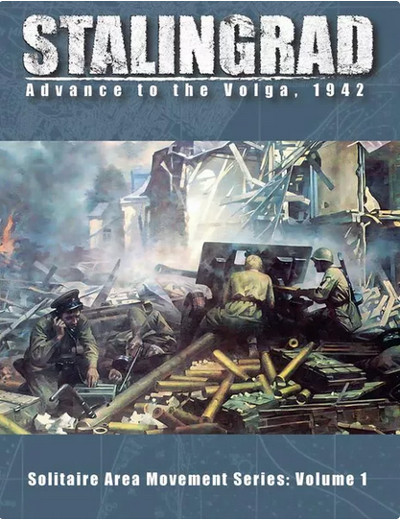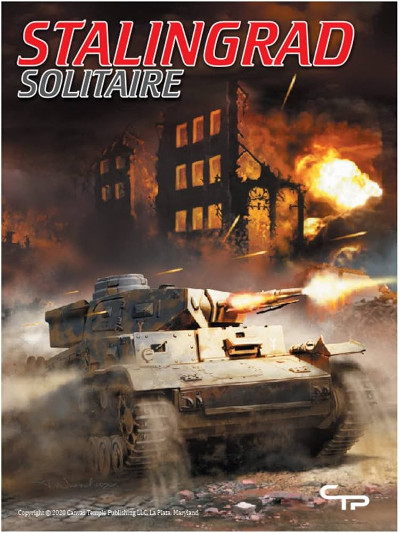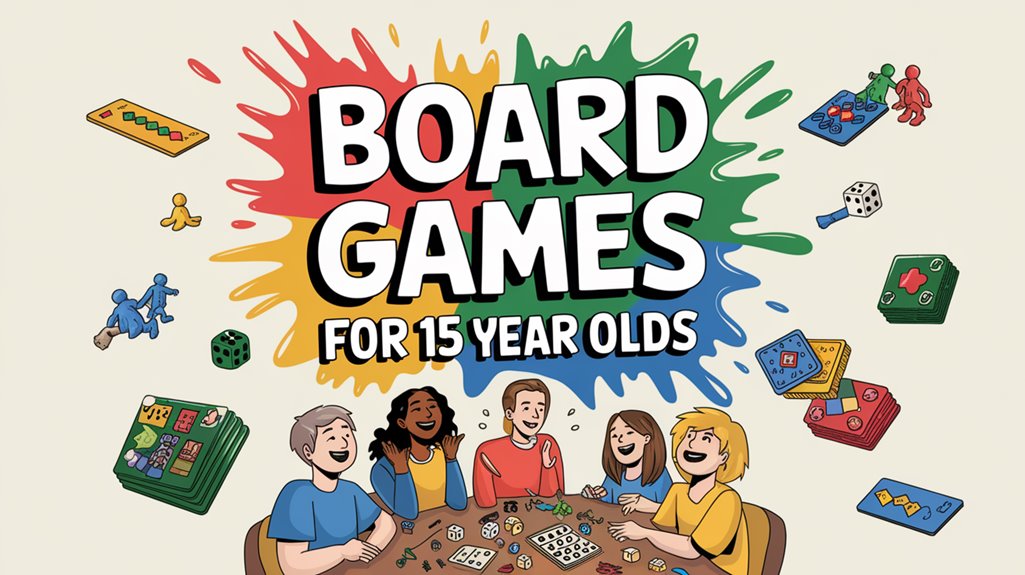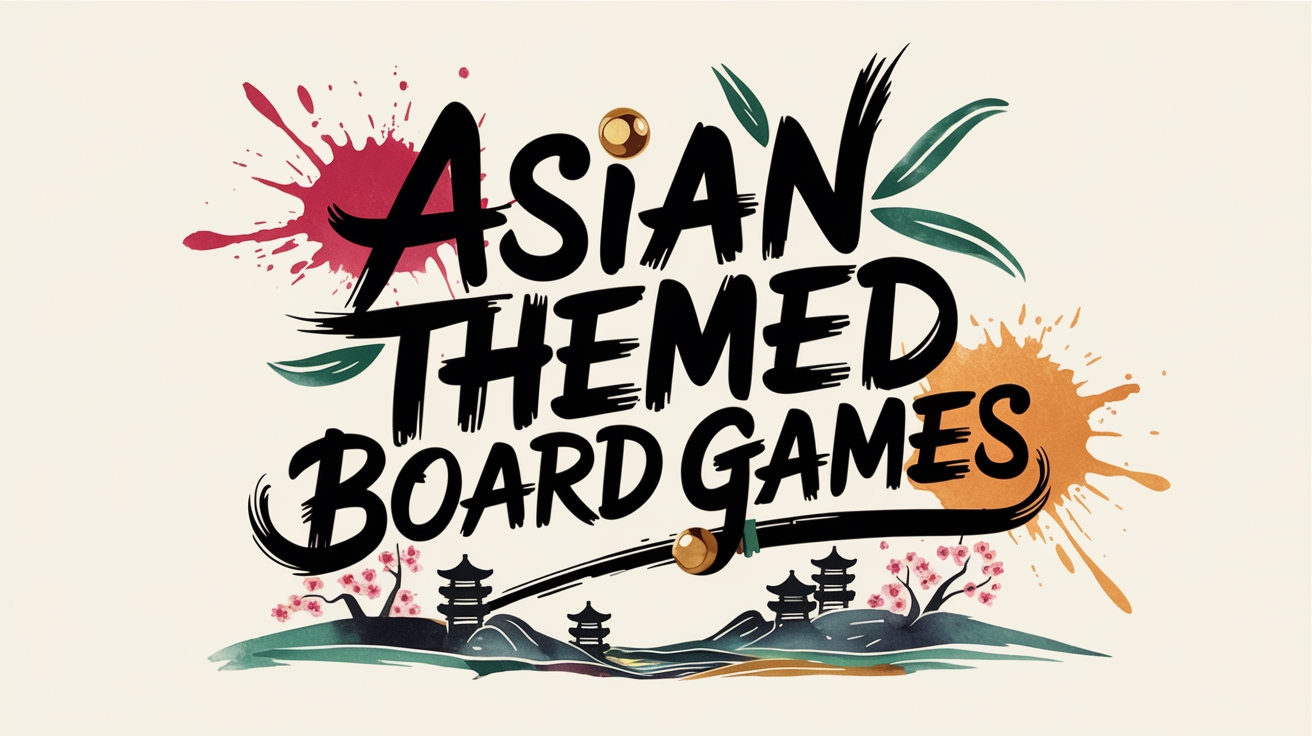Solitaire board games themed around the Battle of Stalingrad offer a deep dive into one of World War II’s pivotal engagements. Titles like ‘Stalingrad: Advance to the Volga, 1942’ and ‘Stalingrad Cauldron: Decision on the Volga, 1942-43’ let players take command of German or Soviet forces, demanding strategic thinking and historical knowledge. These solo games not only test tactical skills but also provide an immersive narrative experience. What unique elements do these games use to capture the essence of this critical battle?
Stalingrad: Advance to the Volga, 1942 (2023)
Stalingrad: Advance to the Volga, 1942 (2023) is a solitaire board game by Revolution Games and Take Aim Designs, simulating the German offensive against Soviet defenses in WWII. Players lead German forces through an area movement system inspired by Utmost Savagery, with combat resolved via a 2d6 system. The game offers diverse terrains, logistical challenges, and hidden Soviet tactics, ensuring a varied experience. Suitable for ages 14 and up, with a playtime of 120-300 minutes, the game’s nine-turn structure aims for an operational victory akin to the 6th Army’s historical progress.
Details
Though Advance to the Volga, 1942 boasts top-notch components and immersive gameplay, it does have its downsides. Certain players have found the game to be particularly tough for the German faction, potentially reducing its replay value. Additionally, newcomers to wargaming might feel overwhelmed by the intricate supply phase, despite its realistic depiction.
Negatives
One notable downside of this game is its heavy reliance on dice rolls, leading to a high level of randomness that hampers strategic decision-making. Additionally, the static nature of AI units and the prevalence of random events and supply rolls limit player autonomy and make opponent actions predictable and unengaging.
Stalingrad Solitaire (2021)
Stalingrad Solitaire (2021) immerses players in the final weeks of the German 6th Army’s encirclement. As General Paulus, strategic decisions are influenced by die rolls and predefined rules, maintaining historical authenticity. The game balances tactical challenges within the Cauldron and broader strategic efforts of Army Group South, appealing to historical military simulation enthusiasts.
Gameplay
This game simulates the intense battle of Stalingrad, where German and Soviet forces clash in a struggle for control. Each turn represents one to five days, with units moving and engaging across 64 areas on the map. German units are blue, Romanian units are yellow, and Soviet units are red. Cards add variability through weather and combat outcomes, while supply points and casualties add to the strategic depth. The game strikes a balance between abstraction and historical accuracy, offering players challenging decisions in a manageable way.
Overall
Reflecting on Stalingrad Solitaire (2021), it is apparent that the game’s theme and component quality are standout features, although the rulebook could benefit from significant improvements. The ‘what if’ scenario offers a rich narrative that immerses players in the historical context of the Battle of Stalingrad, showcasing the dire situation faced by German forces. The components, comparable to industry leaders like GMT, provide a tactile and visually appealing experience, enhancing the overall value for players.
However, the rulebook is a notable weakness. Without external instructional videos, players may struggle with setup and gameplay instructions due to a lack of clarity. Modern players, accustomed to rulebooks with abundant color illustrations, might find the absence of detailed visual aids challenging.
While the game excels as a solitaire simulator, capturing the gradual decline of the German forces, it offers limited player agency, which can impact the overall gameplay experience. Despite these drawbacks, Stalingrad Solitaire (2021) delivers a historically immersive experience with high-quality components.
Stalingrad Cauldron: Decision on the Volga, 1942-43 (2015)
‘Stalingrad Cauldron: Decision on the Volga, 1942-43’ is a solitaire wargame that immerses players in the intense combat between Soviet and Axis forces from November 1942 to January 1943. Players strategically command Soviet forces to encircle and dismantle the German Sixth Army, while the Axis forces are controlled by a sophisticated rules system. Victory is achieved through accumulating points by destroying key German corps and capturing significant areas on the map.
Details
In the game ‘Stalingrad Cauldron’, the AI system controls Axis forces during combat, allowing players to focus on strategic decisions and tactical maneuvers. The AI manages German maneuvers and determines combat outcomes through a random draw of units.
Stalingrad: The Leather Factory (2008)
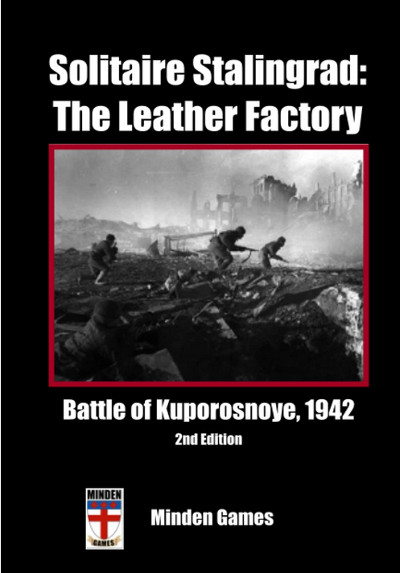
‘Stalingrad: The Leather Factory (2008) by Minden Games plunges players into the fierce battle of Kuporosnoye, highlighting the strategic maneuvers of the German 29th Division against the Russian 35th Guards Division. Against the backdrop of a vital leather factory, players must secure key objectives and headquarter locations in this challenging solitaire game. The game provides a detailed and historically accurate experience, capturing the complexity and tactical challenges of the early stages of the Stalingrad battle.’
Details
Stalingrad: The Leather Factory (2008) offers a solitaire system that balances historical accuracy with variability for replayability and the fog of war. Designed by Gary Graber, this board game puts players in command of elements of the German 29th Division as they advance towards the Volga. The game is tailored for solitaire play, making it suitable for new wargamers with optional advanced rules for seasoned players.
Overall
Stalingrad: The Leather Factory (2008) is a compact and engaging solo wargame that offers a historically immersive experience. With a small ruleset and footprint, this quick-playing game simulates the German 6th Army’s attempt to capture Stalingrad’s southernmost section. Players must navigate hidden Soviet units, some of which are mere dummies, requiring strategic perception.
The game’s ‘push your luck’ combat resolution system adds tension, as pressing attacks can lead to increased German losses. Optional rules like ‘Russian Artillery’ and ‘Hesitation’ can enrich the difficulty for players looking for a more challenging experience.
While the counters may seem drab initially and require some extra effort for mounting, the game’s charm grows with familiarity. Mounting the counters on cardboard can enhance the tactile experience. The well-crafted booklet reflects Minden’s commitment to quality. Though additional maps would be a welcome addition, the game’s affordable price makes it a valuable choice for solo wargamers.
